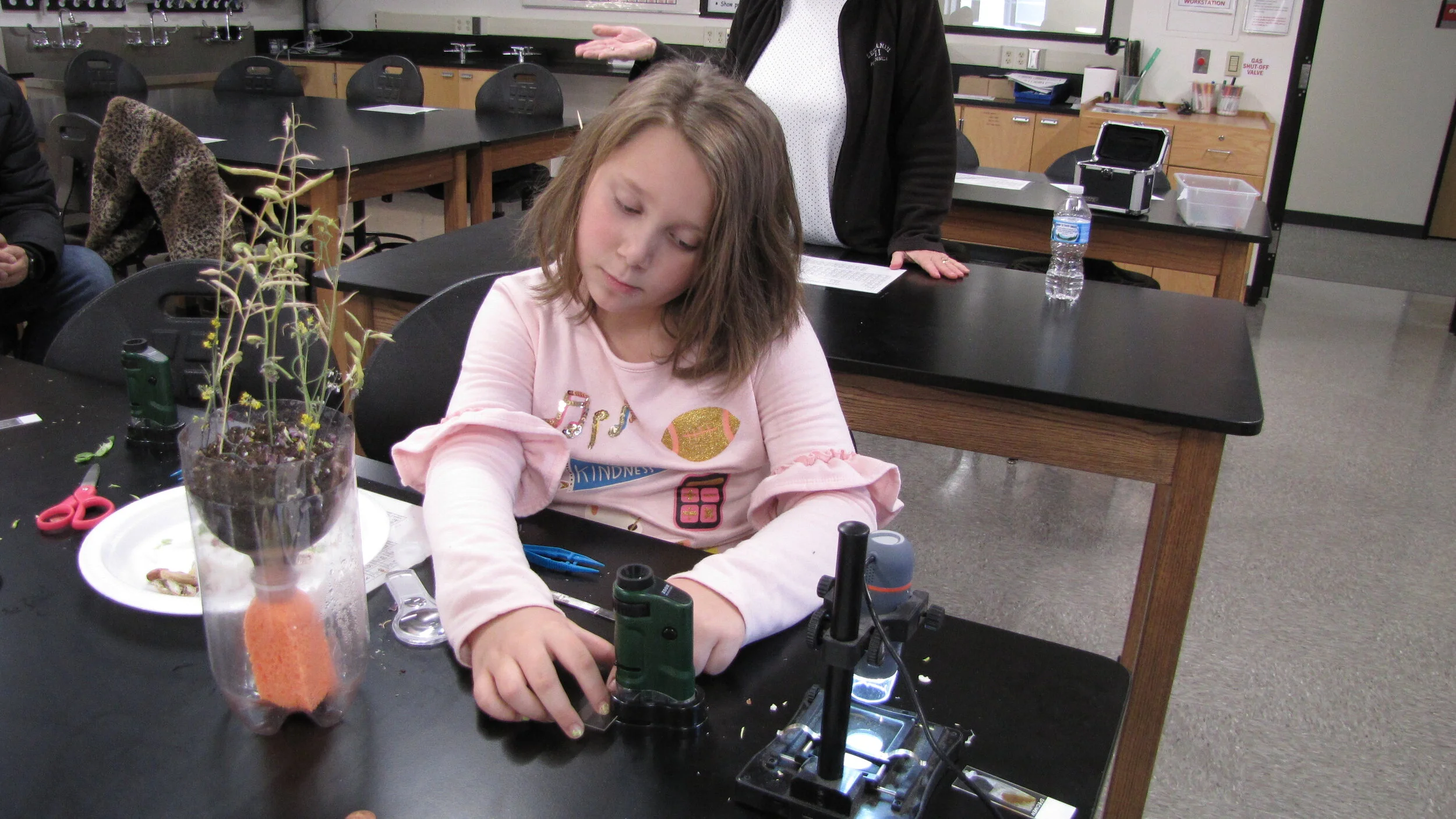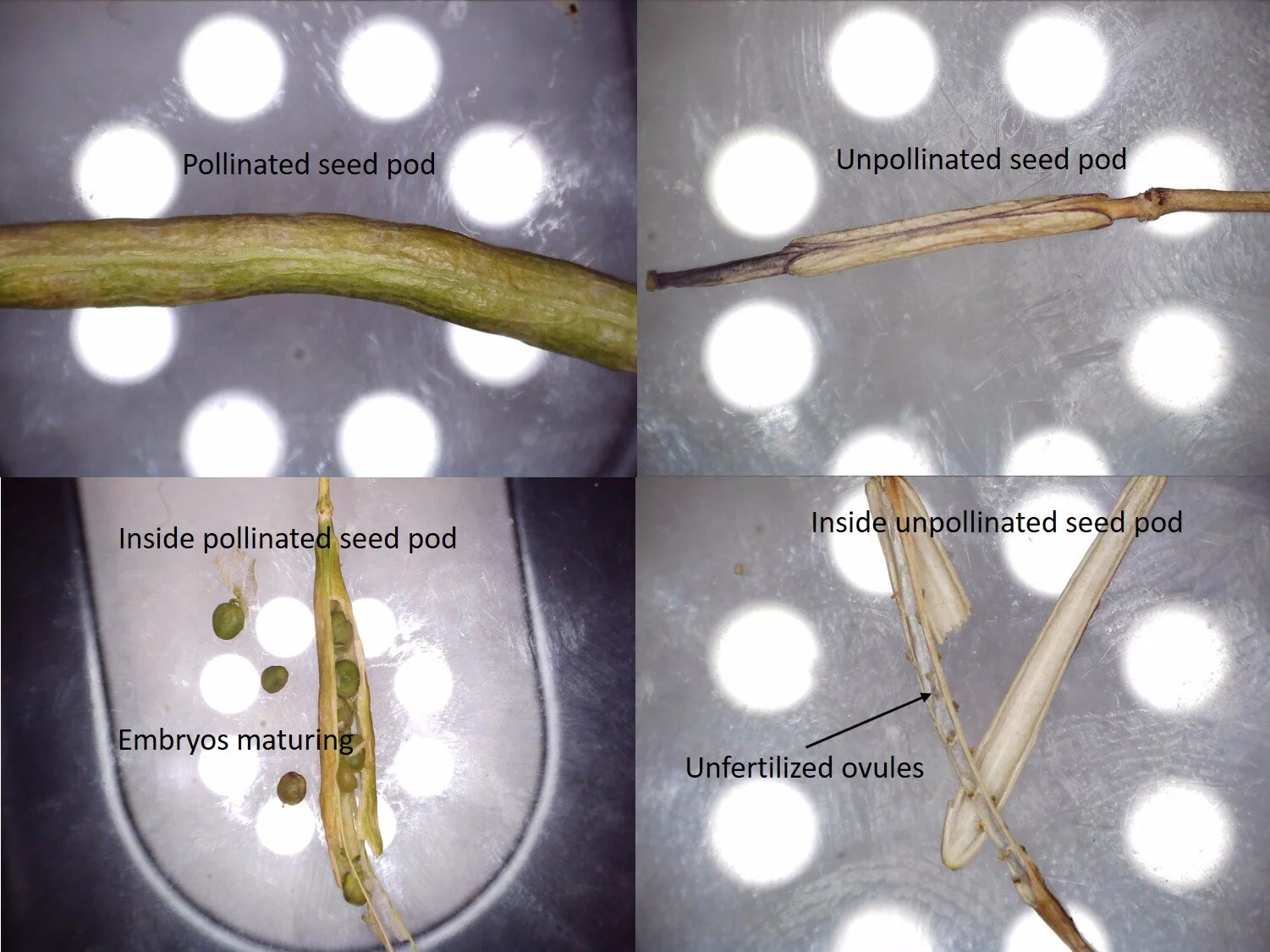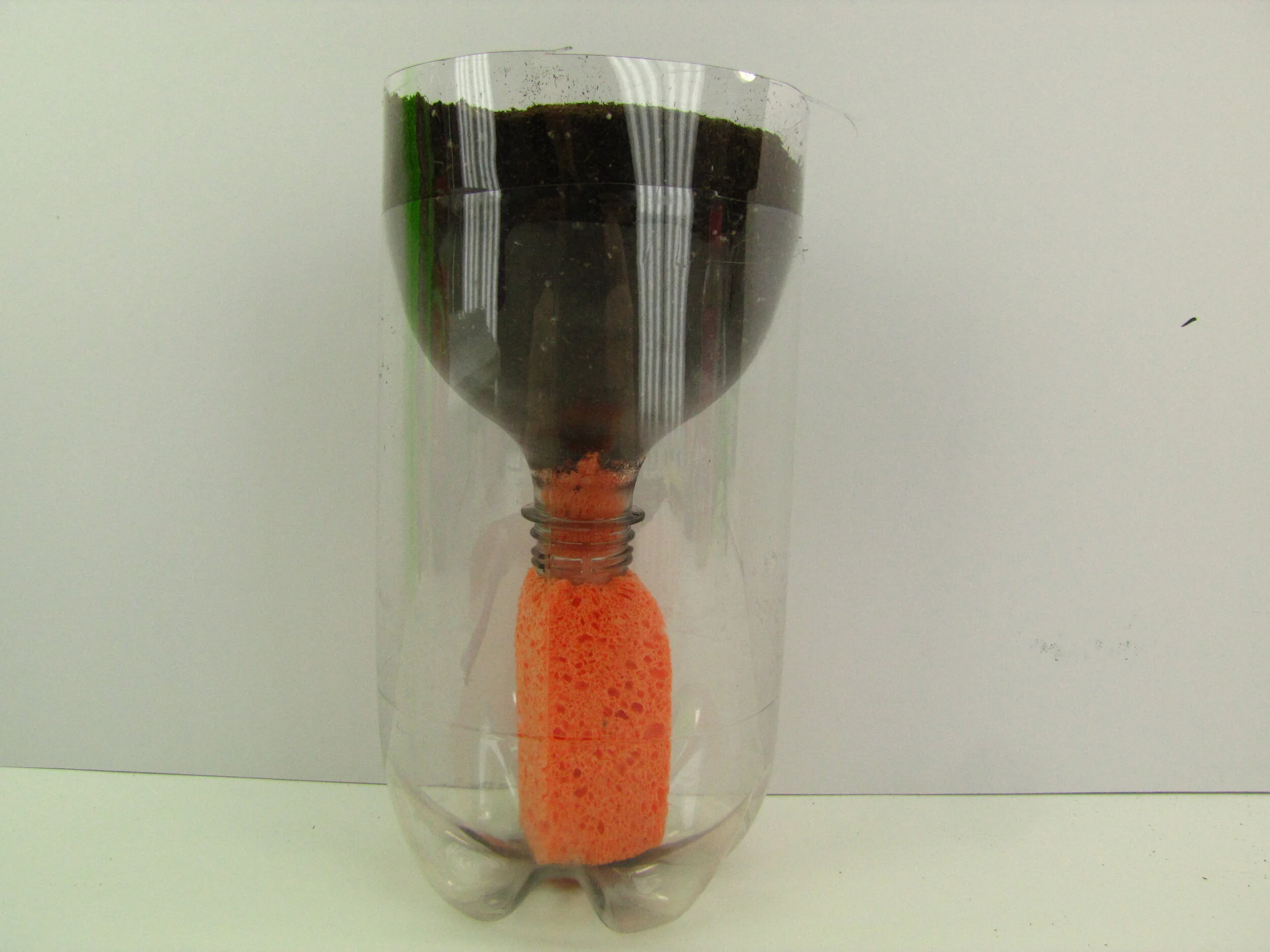For the last hour of the last class, the students made a cornucopia. We studied the Greek mythological origin of the cornucopia, Latin for horn of plenty, that is used traditionally for harvest celebrations like Thanksgiving. We discussed the development of our culture from hunter-gathers to farmer to industrialized agriculture. Most of the plants we eat today are not natural meaning no human intervention. Human intervention has hand picked the mutants most beneficial to us and crossbred them to give us the market food we have today. Mankind exists in a symbiotic relationship with plant, and when they harvest we celebrate.
https://www.youtube.com/watch?v=3K_I51E6AKM
https://www.youtube.com/watch?v=OZ4_Vl8VR70&list=PL418488781D0784E0
















